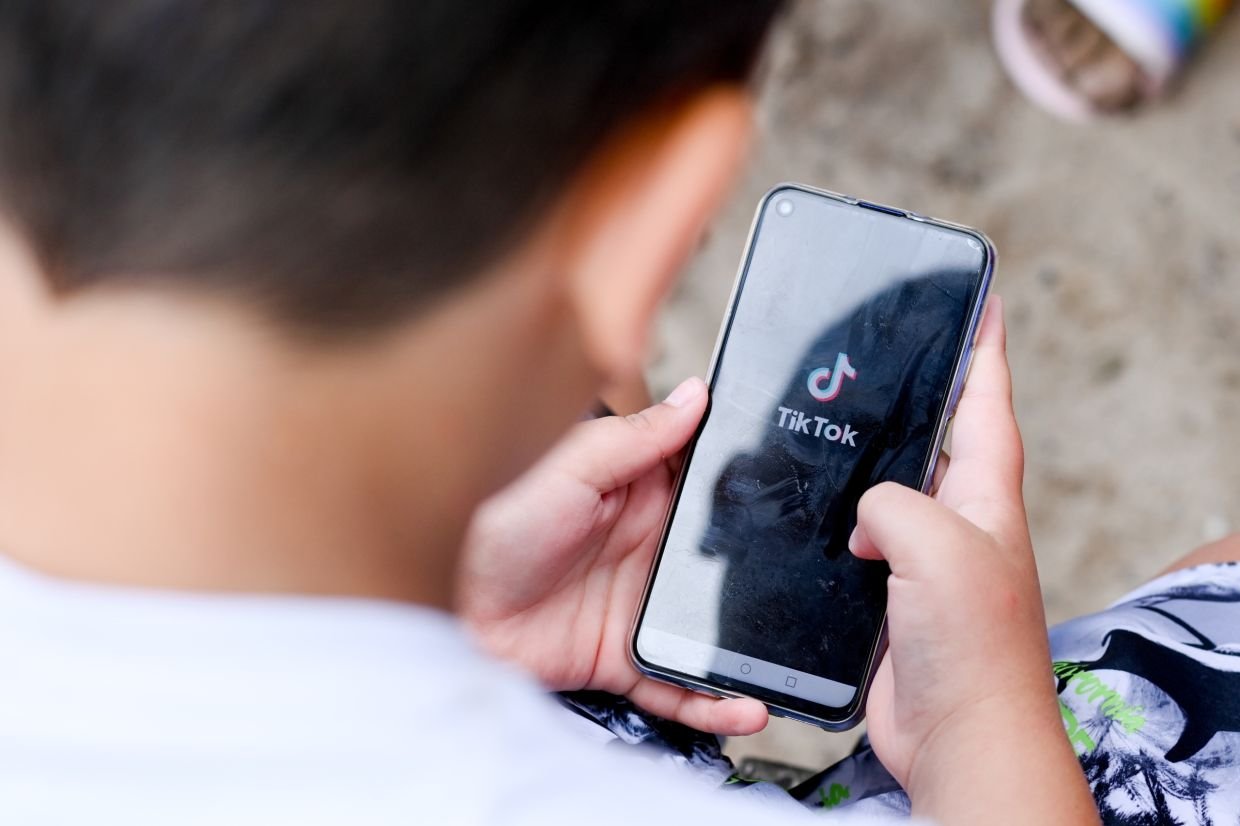TikTok, the ever-popular short-form video platform, has become a prime ground for advertisers. However, with this growth comes a rise in deceptive practices, with cloaked ads being a major concern. This article delves into the world of cloaked TikTok ads, explaining what they are, how they work, and most importantly, how to stay safe from them.
What are Cloaked Ads?
Ad cloaking is a deceptive technique where advertisers disguise the true nature of their ads. In the context of TikTok, this can manifest in two ways:
-
Creative Cloaking
Here, the advertiser presents a seemingly harmless or even enticing creative (the visual or audio component of the ad) during the approval process. Once approved, they switch it with a misleading or malicious one that wouldn’t have passed initial scrutiny. This could involve promoting products or services that violate TikTok’s advertising policies, like gambling or counterfeit goods.
-
URL Cloaking
This involves masking the actual landing page URL users are directed to when clicking the ad. The displayed URL might appear legitimate, but clicking it takes you to a completely different website, potentially containing malware, scams, or inappropriate content.
The deceptive nature of cloaking tiktok ads makes them a significant threat to both users and the platform itself. Users risk exposure to harmful content or financial loss, while TikTok’s reputation as a safe advertising space gets tarnished.
How Do Cloaked Ads Work?
The mechanics of cloaking can vary, but here’s a general breakdown:
-
Crafting the Initial Disguise
The advertiser creates an ad that adheres to TikTok’s advertising guidelines. This could involve using generic visuals, misleading descriptions, or cleverly worded captions that don’t explicitly reveal the true product or service.
-
Exploiting Loopholes
Advertisers might exploit vulnerabilities in automated review systems by using cleverly phrased keywords or manipulating pixel data within the ad creative.
-
Post-Approval Deception
Once the ad is approved, the advertiser switches the creative or URL. This can be done manually by updating the ad campaign settings or using third-party cloaking services (which are against TikTok’s terms of service).
-
Targeting Vulnerable Users
Cloaked ads often target specific demographics more susceptible to falling for the deception. This could involve using tactics like exploiting FOMO (fear of missing out) or preying on insecurities with promises of quick fixes or unrealistic results.
Why Should You Be Wary of Cloaked Ads?
The dangers of cloaked ads are multifaceted:
-
Malware and Phishing
Cloaked ads can be gateways to malware that infects your device or phishing scams designed to steal personal information like passwords or credit card details.
-
Financial Loss
These ads often promote fake products or services, leading to wasted money on useless purchases or even subscription traps.
-
Exposure to Inappropriate Content
Clicking a cloaked ad might take you to websites containing explicit content, violence, or hate speech, which can be especially harmful for younger users.
-
Erosion of Trust
The prevalence of cloaked ads can erode user trust in the platform, making them hesitant to engage with any ads on TikTok.
How to Spot a Cloaked Ad on TikTok
While cloaked ads can be sophisticated, here are some red flags to watch out for:
-
Unrealistic Promises
Ads that guarantee quick weight loss, instant wealth, or effortless solutions to complex problems are likely too good to be true.
-
Vague or Misleading Descriptions
If the ad description lacks specifics or uses overly generic language, it might be hiding its true purpose.
-
Urgency and Scarcity Tactics
Ads that create a sense of urgency by pressuring you to act now or highlighting limited availability are often manipulative.
-
Gramatically Incorrect or Poorly Translated Text
This can be a sign of low-quality, potentially deceptive ads.
-
Inconsistency Between Ad and Landing Page
If the landing page you reach after clicking the ad looks completely different from what was advertised, it’s a red flag.
How to Stay Safe from Cloaked Ads
Here are some essential tips to protect yourself from cloaked ads on TikTok:
-
Be Skeptical
Don’t blindly trust any ad, no matter how visually appealing it seems. Take a moment to scrutinize the message and its source.
-
Do Your Research
Before clicking on an ad, especially one promoting unknown products or services, take a few minutes to research the brand online. You can also search for “[brand name] reviews” to see what other users say.
-
Check the Landing Page URL
Before clicking, hover over the ad to see the actual landing page URL displayed at the bottom of your screen. If it looks suspicious or irrelevant to the advertised product, avoid clicking.
Conclusion
Cloaked ads can be a nuisance, but by understanding their tactics and employing the tips outlined above, you can become a discerning TikTok user.By staying vigilant, you can protect yourself from the dangers of cloaked ads and continue to enjoy the vast and entertaining content that TikTok has to offer. Additionally, by reporting suspicious ads to TikTok, you can help them maintain a safer and more trustworthy platform for everyone. Let’s work together to keep TikTok a fun and secure space for creators and viewers alike.



